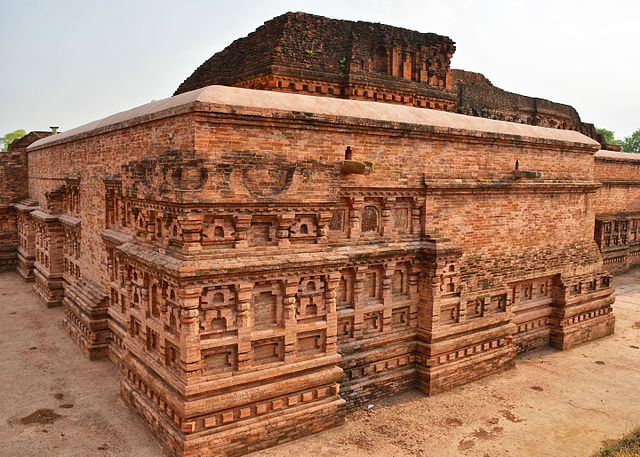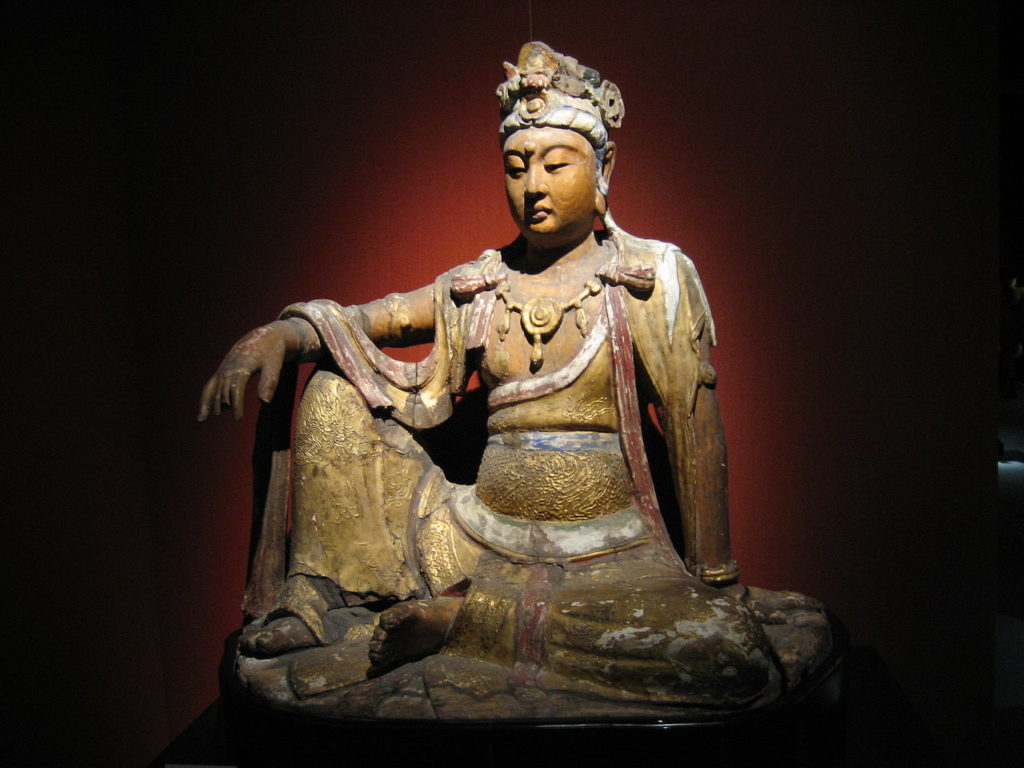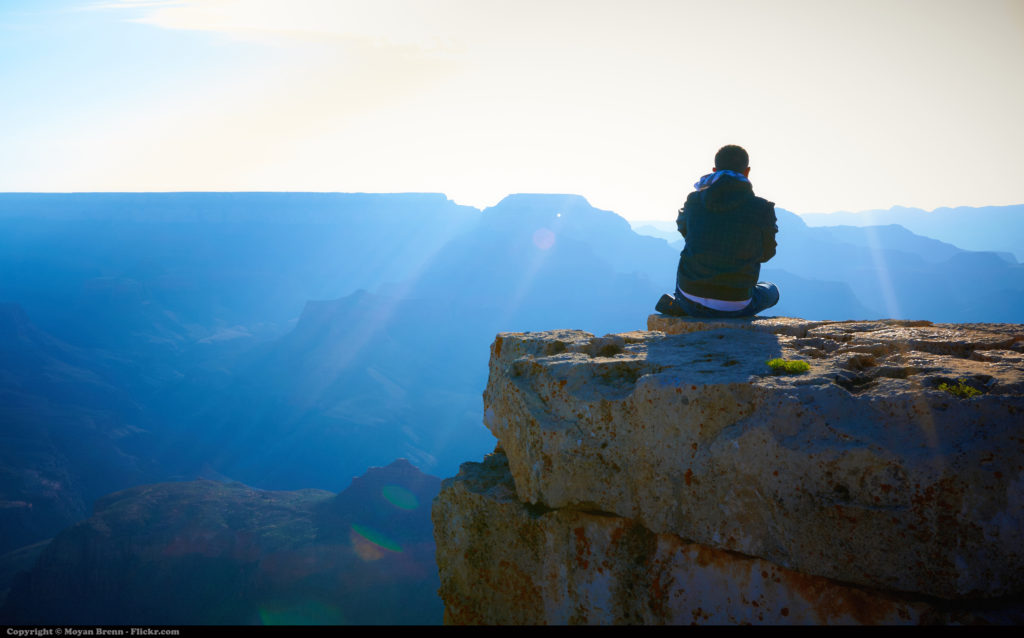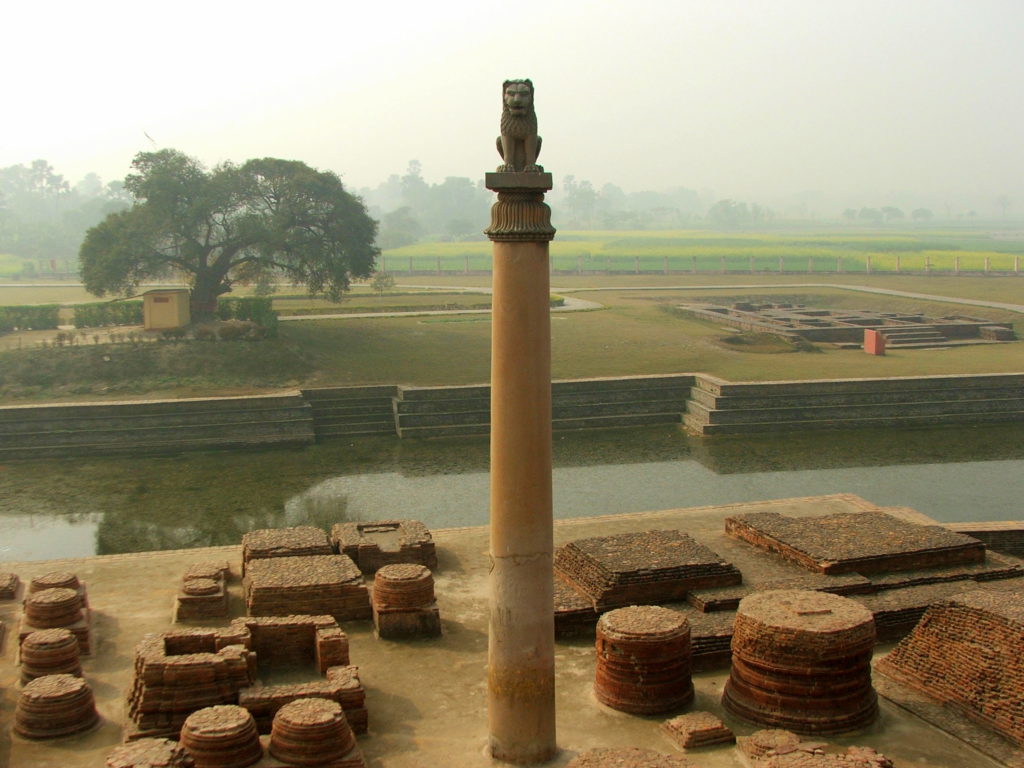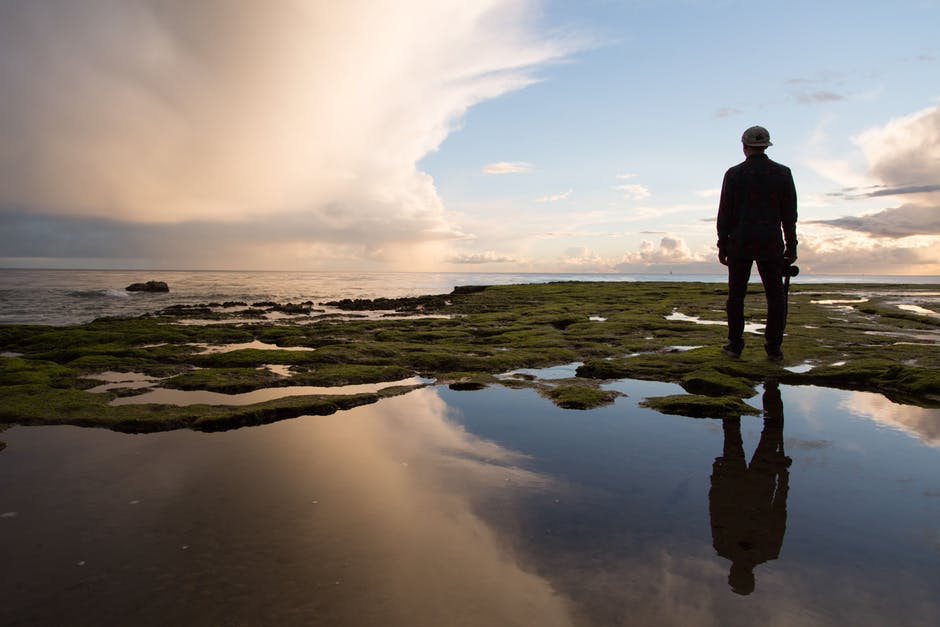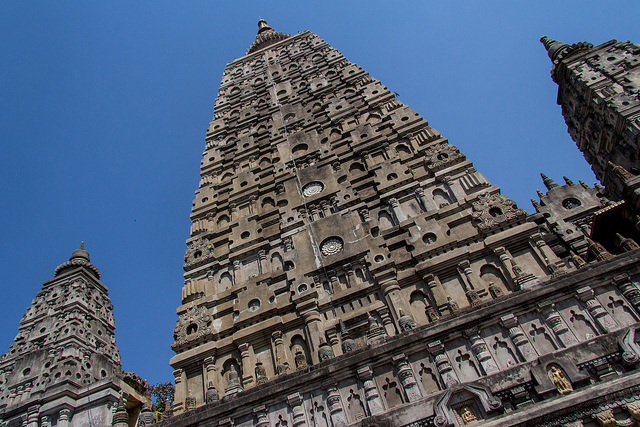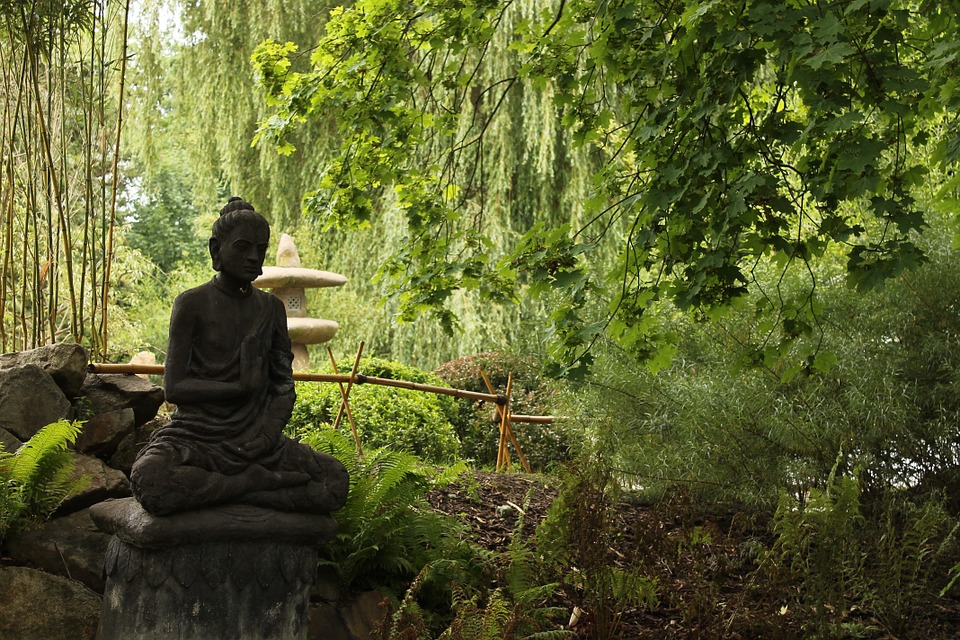Anagarika Dharmapala (1864-1933) was a Buddhist modernist who deeply influenced the early development of Buddhism in the West. He also played a leading role in the revival of Buddhism in his native Ceylon (now Sri Lanka) and other parts of Asia.
Ceylon had been partly or entirely controlled by European nations since the early 16th century, and wherever European ships landed, Christian missionaries were not far behind. In 1796 control passed from the Dutch to the British, and Ceylon became a British colony. The British government encouraged the Christian missionaries to,open schools throughout the island to convert the people of Ceylon from Buddhism. By the mid-19th century, Buddhist institutions in Ceylon were fading, and the people were largely ignorant of the spiritual tradition of their ancestors.
It was into this anglicized, Christianized Ceylon that Dharmapala was born.
Dharmapala began life in 1864 as David Hewavitharane, a son of one of the wealthiest families in Colombo, and he was educated in the best British Christian academies in Ceylon. As a child he also came to enjoy spending time among Buddhist monks, even when he didn’t understand what they were talking about.
Among the Theosophists
David Hewavitharane was only 16 when the spiritualist Madame Blavatsky and her companion, Henry Steel Olcott, arrived in Ceylon. The pair publicly took the refuges at a large temple in Galle. After centuries of being told by whites that Christianity was the superior religion, the “white Buddhists” were embraced by the people of Ceylon.
Blavatsky and Olcott lit a fire in young Hewavitharane, and he soon fell into their orbit. The westerners had created a new religion by blending together elements of Asian traditions with big doses of western Transcendentalism and 19th century Orientalism, calling their beliefs”Theosophy.” Hewavitharane traveled with the pair, sometimes acting as translator. He worked with Olcott to establish Buddhist schools in Ceylon.
During this time he renounced his English name and began to call himself Anagarika (“homeless one”) Dharmapala (“protector of the dharma”). He didn’t take monks’ vows until very near the end of his life, but as a lay “home leaver” he vowed to keep the Eight Uposatha Precepts daily, and not just on special observance days. He ditched western clothing in favor of simple white or yellow robes that would not be mistaken for monks’ robes.
In time, however, Dharmapala broke off his association with the Theosophists. Olcott and Blavatsky held on to the Transcendentalist ideal of a universal religion, of which all established religious traditions are only fragments. Dharmapala came to see the dharma as the supreme truth, and he thought the westerners’ belief in a Universal Soul was more Hindu than Buddhist.
Spreading the Dharma
After his split with the Theosophists, Dharmapala became a leader in his own right. He worked to restore Buddhism to its central place in the culture of Ceylon. He also called for independence from Britain.
His influence spread beyond Ceylon when he co-founded the Mahabodhi Society in 1891. This organization restored Bodh Gaya, the place where the Buddha realized enlightenment, as a Buddhist pilgrimage site.
In 1893 Dharmapala traveled to Chicago to take part in the World Parliament of Religions. He and Rinzai Zen master Soyen Shaku both addressed the assembly. Although there had been Buddhist priests and teachers in the West for a few decades, this was arguably the first time non-ethnic Asian Americans heard about Buddhism from Buddhists on western soil.
The 29-year-old Dharmapala was a sensation. Press reports glowingly described his all-white robes, his black curly hair, and his gentle, refined face. Of course, it didn’t hurt that he spoke excellent English and had a good understanding of western culture, thanks to those British Christian academies.
Philosopher and author Paul Carus invited Dharmapala back to America a few more times to present talks on Buddhism, and so his influence in the West lasted long after the Parliament.
After one of his trips to America, Dhammapala stopped in London to visit author Edwin Arnold, whose Light of Asia was one of the first popular books about Buddhism published in English. The London trip inspired him to establish a small Theravada monastery in London; The London Buddhist Vihara opened in 1926.
Buddhist Modernism
In the West, Dharmapala “pitched” Buddhism to appeal to modernists who were seeking a spiritual tradition that was pro-science and anti-supernatural, a view of Buddhism that is still widely held in the West today.
His timing could not have been better. In the late 19th century Christianity was reeling from the challenge of Darwin’s Origin of Species, and psychology was just emerging as a new branch of science. Dharmapala wove science together with Buddhist teaching, arguing that the Buddha had taught things science was just beginning to discover.
In many ways Dharmapala’s presentation was a re-tooling of Buddhism, emphasizing some aspects of the teachings while de-emphasizing others. But it was brilliantly done, and it worked. Dharmapala’s influence on modern Buddhism can still be felt, in Asia as well as the West.
Dharmapala continued to lecture and write about Buddhism and to call for Ceylon’s independence from Britain. He was ordained a monk shortly before his death at the age of 68.
